Heavy bench gun conversion.

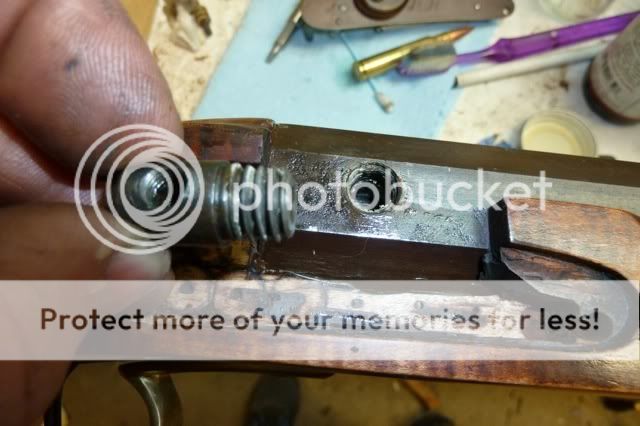
7/16 coarse thread drum seat was above center and angled to the flat.
I used a bolt with slots cut in it then hardened as a tap the deepen the threads. They ended short of the bore and this created a significant fouling trap. With a bore scope it was impossible to even see the end of the drum showing in the hole but I could not get a good photo of this and was too busy to go hook it to the TV.
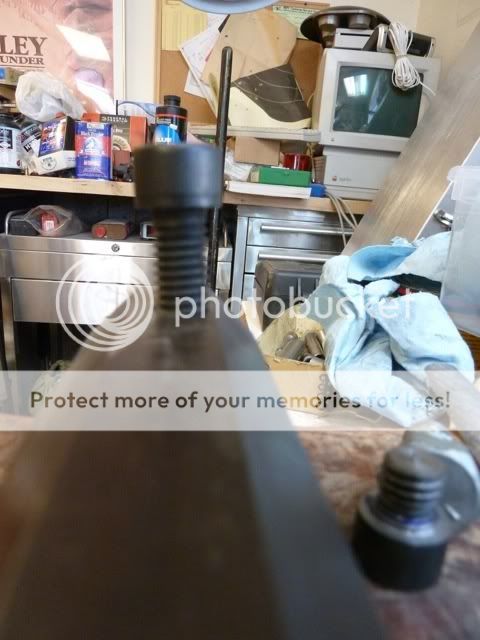
Another bolt was used to plug the hole. It was countersunk and the bolt head turned to fit this. Fitted so that the threads bottomed in incomplete threads at the bottom of the hole and the counter sink was also sealed. It was then machined and filed flush.
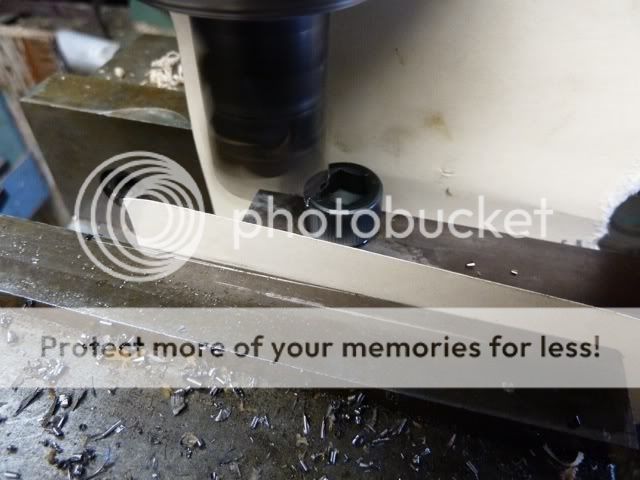
This plug was then drilled with a #21 drill then counter bored to tap for 1/4 x 32. .285 deep. The #21 hole extends another .200 to the bore. It is large enough to fill with powder when the rifle is loaded.
The large drum installation and the off center location resulted in a fouling trap that cannot be completely eliminated without a complete rebreech or shortening the barrel at the breech. As it is now the barrel can be cleaned OK but will require a water flush to get the fouling out.

The owner wants to counter bore from the outside so the liner is 1/16 straight not counter bored.
Experimentation will tell if we need to go out to a 5/16 liner to achieve his goal.
But small is always a better place to start.
Its fitted to the bottom of the hole and at the counter sink so no line shows when filed flush.
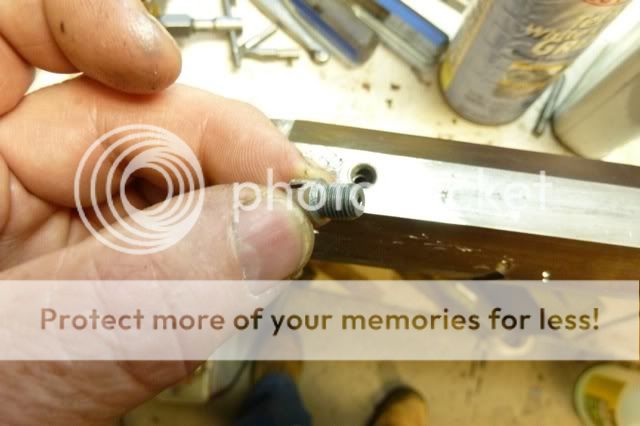
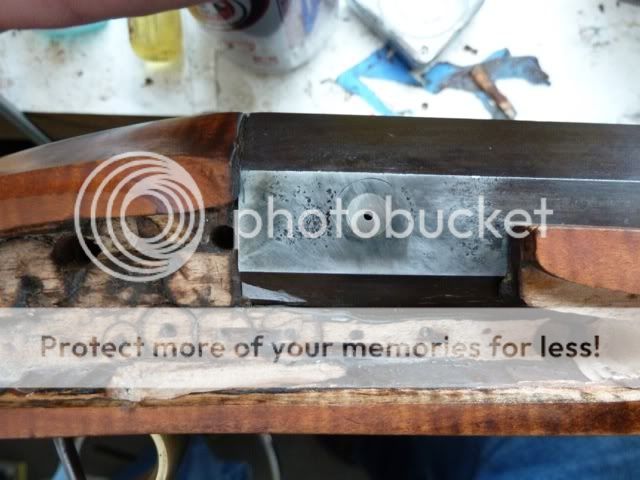
Lock is a Davis Twigg but was far too small for the mortise so it was expanded.


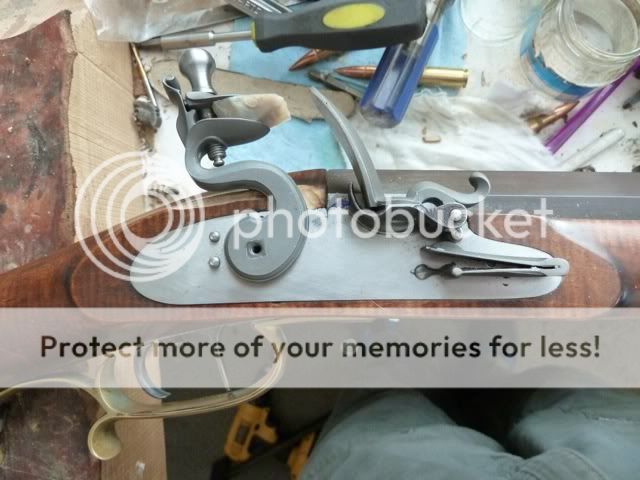
The original lock bolts interfere with the Twigg internals so a front hook and a screw from the lock side into the breech plug extension will hold the lock. Lock plate was cased with Kasenite then drawn back to "straw" color to provide a harder surface and not have a brittle plate if the plate is cast from something that will through harden. They are a little darker than I expected but it was too hot to use the oven in the kitchen so I laid it across my electric lead pot with a "hood" over it and left it a little longer than I should have while working on another project. Should have been a light gold color had I done it in the oven.

The AF stain matches the old color better that the photo indicates. There was also some "oil rot" in places around the breech and lock mortise that just crumbled away. A good example of why rifles should not be stored muzzle up with significant oil in the bore.
Other than a little fill above the lock bolt, a little finish on around the lock and a proof load to assure the repair is sound the conversion is done.
Dan

